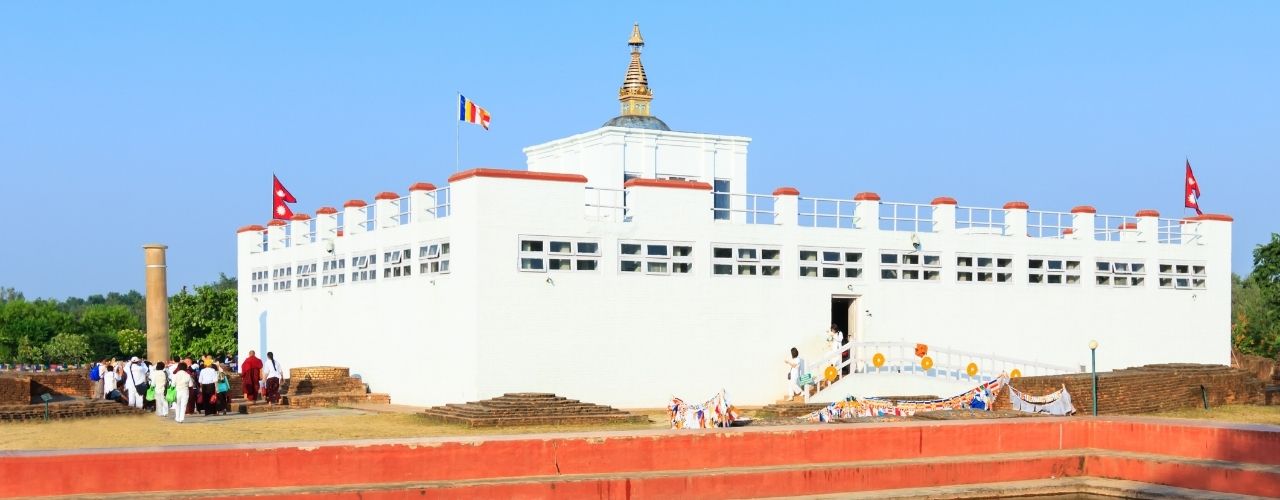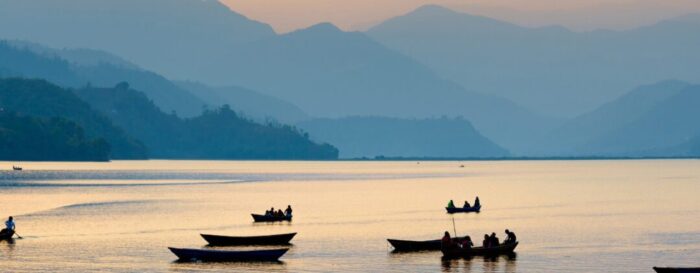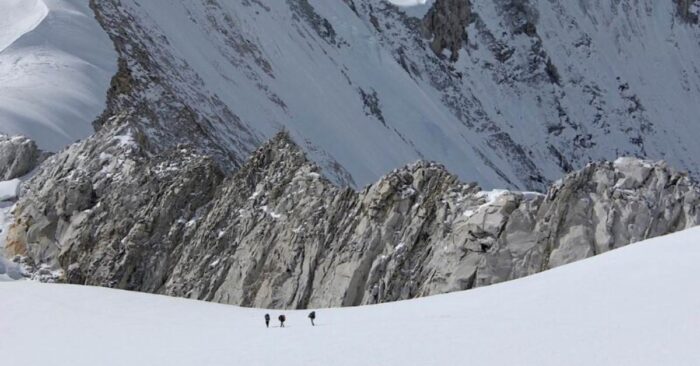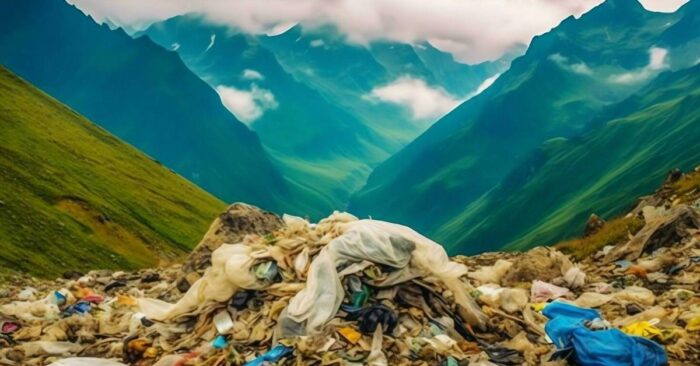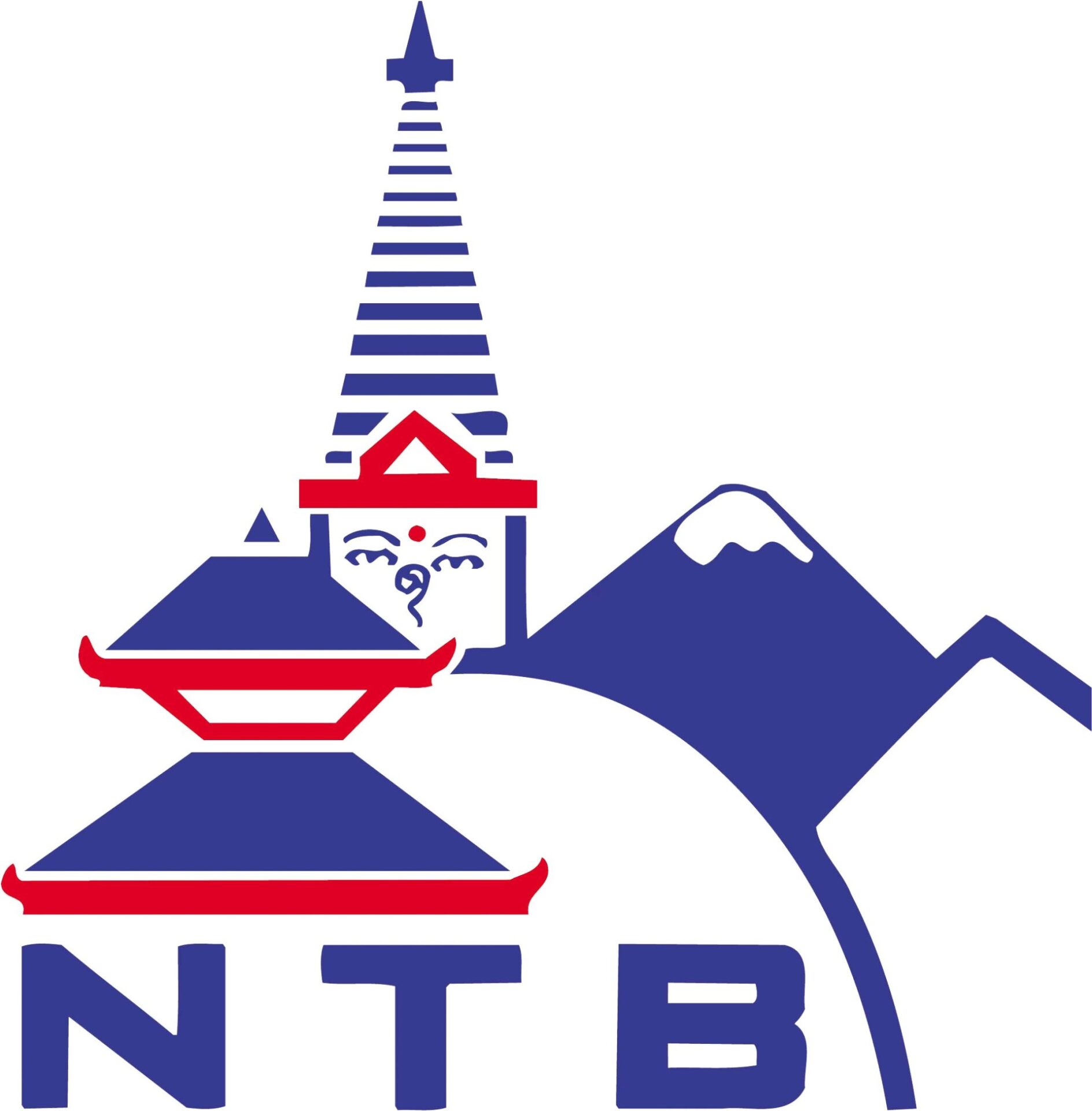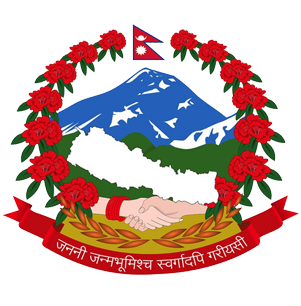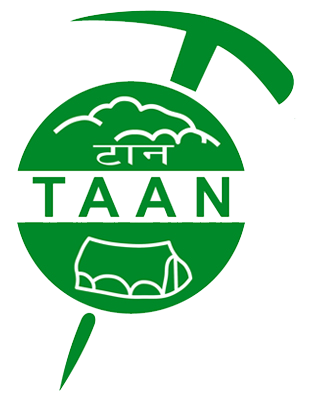Every spiritual seeker must visit the birthplace of Buddha: Lumbini.
Lumbini lies in the Plain Terai region, in Nepal’s Rupandehi District of Lumbini Province. The inscription has testified it on the pillar erected by the Mauryan Emperor Asoka in 249 BC. The birthplace of Buddha is listed in the UNESCO World Heritage Sites and has been conserving the site.
The whole complex is an epicenter of Buddhist religion and pilgrimages all around the globe. One must visit the site once in a lifetime to seek peace, tranquility, and a deeper understanding of the world’s ancient religion.
The Significance of Lumbini
Queen Mayadevi of the Shakya Dynasty gave birth to a prince Siddhartha Gautam. He later left the palace and went on foot to seek an understanding of life. Later he Enlightened and became the Buddha. His teachings and spiritual sayings spread around the world. It is said that he also proclaimed that he was born in Lumbini. The place is sacred and is the holiest place for Buddhists all around the world.
Today, visitors and pilgrims come to Lumbini to pay respect to the Buddha. Many stay at the site, meditate, seek spiritual blessings, and absorb peace from the atmosphere.
What to See and Do in Lumbini?
There are many important sites to visit here, and they are:
Maya Devi Temple
The Maya Devi Temple consists of brick structures in a cross-wall system dating from the 3rd century BC to the present century. It is the birth spot of Buddha. Currently, it is being preserved and you cannot touch them but can see. The temple also has cravings and sculptures which show the life of Buddha.
Sacred Pond
The sacred pond is also called Puskarini, where Mayadevi is believed to have a bath before giving birth to Prince Siddhartha. The infant prince was also given the first purification bath here.
Ashoka Pillar
The Famous Ashoka Pillar of Lumbini was erected by the Indian Emperor Ashoka in 249 BC. It is written in Pali inscription in Brahmi script. It is one of the rarest and oldest records of the Buddha’s life.
Viharas
The archaeological remains of the Buddhist viharas (monasteries) and stupas (memorial shrines) from the 3rd century BC to the 15th century AD, provide important evidence about the nature of Buddhist pilgrimage centers from a very early period.
Monasteries
Different Buddhist countries have built 30-plus monasteries that showcase the interesting and unique architectural styles of their cultures. The monasteries are sites to see.
Peace flame
The eternal flame is a symbol of peace and unity, and keeps burning all the time. It has become the photo spot for all domestic and international tourists.
How to Get to Lumbini?
Lumbini is in the western part of Nepal. It is around 260 KM away from Kathmandu.
To reach Lumbini one can take a flight from Kathmandu to Bhairawaha Airport or Gautam Buddha International Airport. Which takes around 35 minutes.
You can also reach by bus from Kathmandu, Pokhara, and other cities via Bhairawaha.
You can also travel by crossing the Indian border Sunauli which is around 30 KM from Lumbini.
When to Visit Lumbini?
Lumbini is a year-round destination but as it is in the Terai region, it gets very hot during the summer season. So to avoid that you can visit from October to March which makes it the best time. The weather is cooler at this time of year.
The whole Lumbini Complex gets lit on the day of Buddha Jayanti. It is the day when Buddha was born and enlightened. It looks beautiful and many pilgrims come on this day.
Tips for Visiting Lumbini
Always wear modest dresses.
Remove your shoes before entering temples, monasteries, and sacred sites.
Respect local traditions and customs.
Avoid taking photographs of monks without their permission.
Drink water and bring your hat and sun cream, the sun might be harsh during the day.
Hire a local guide to understand more and have insights into the history of the place.
So why wait? Start planning your trip to Lumbini today! Dive deep into the history of Buddhism and seek a spiritual journey within.

